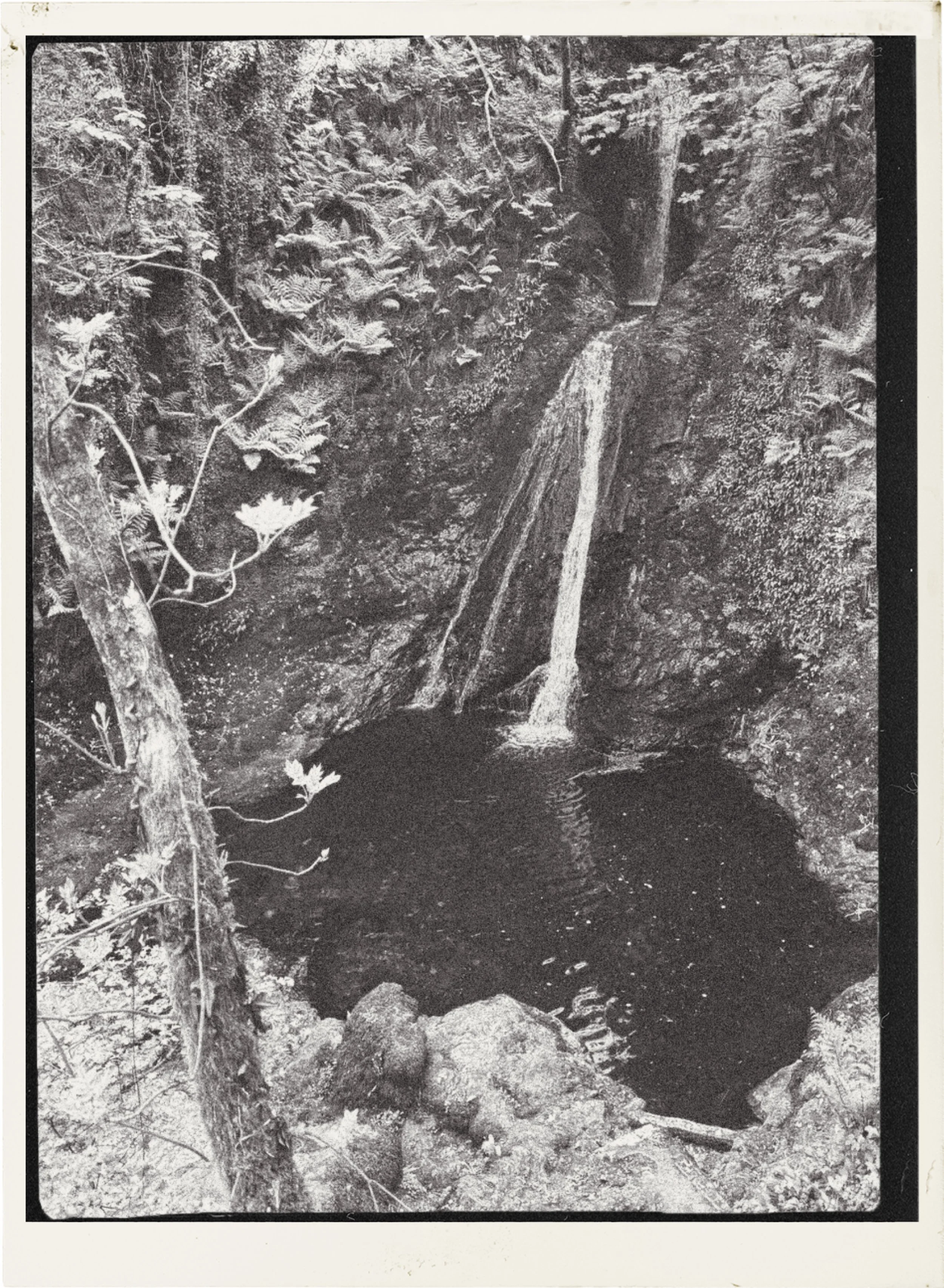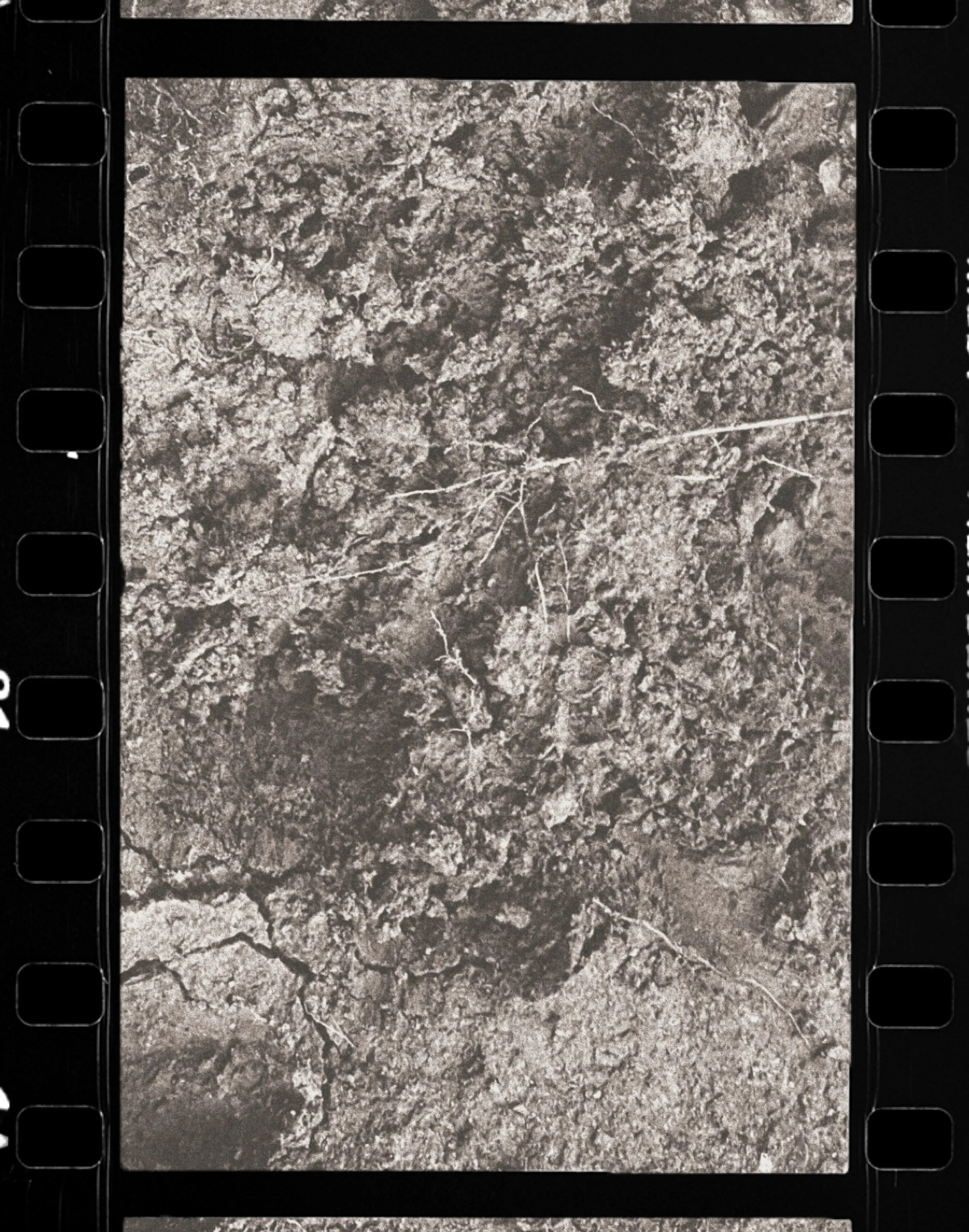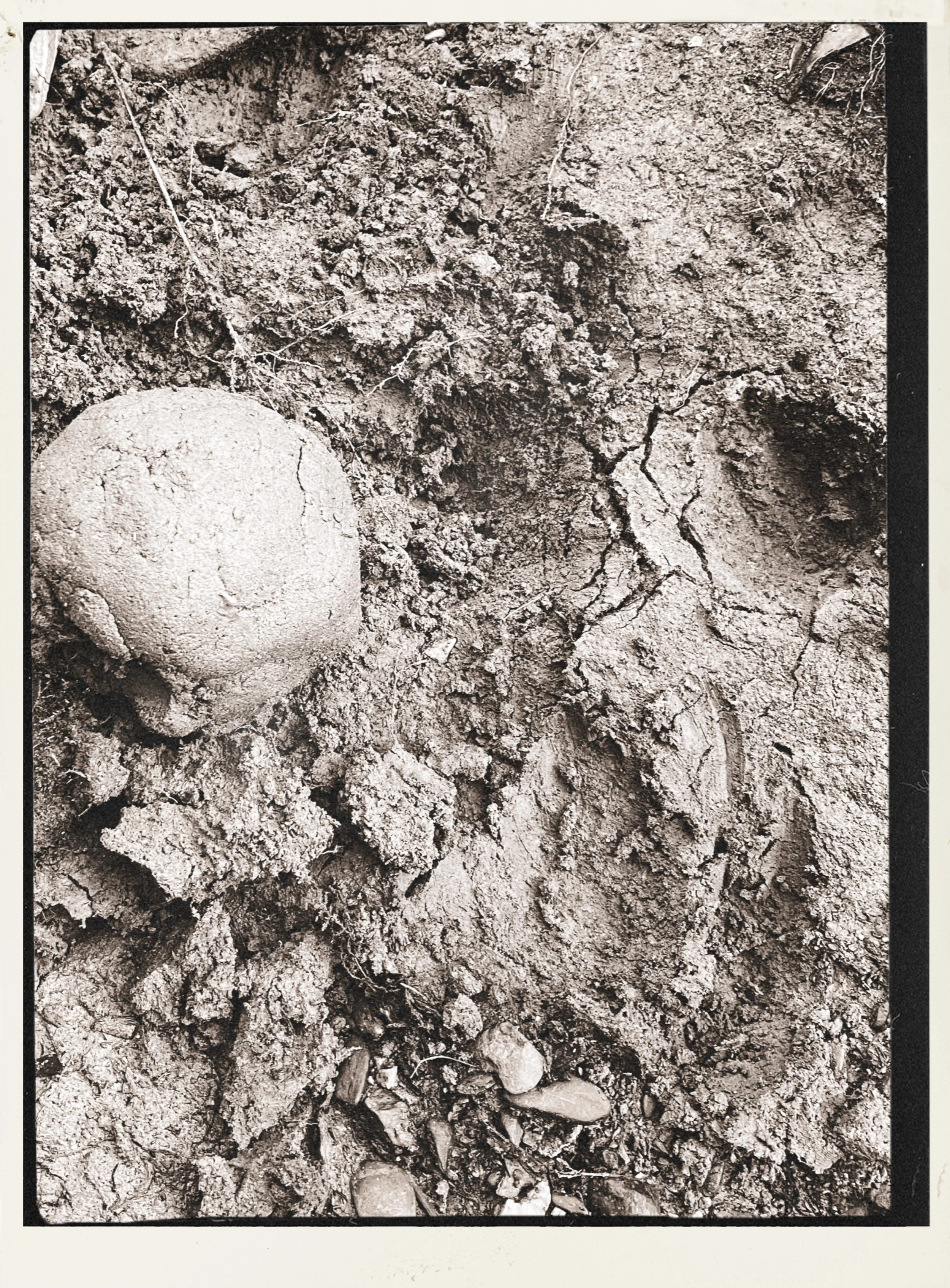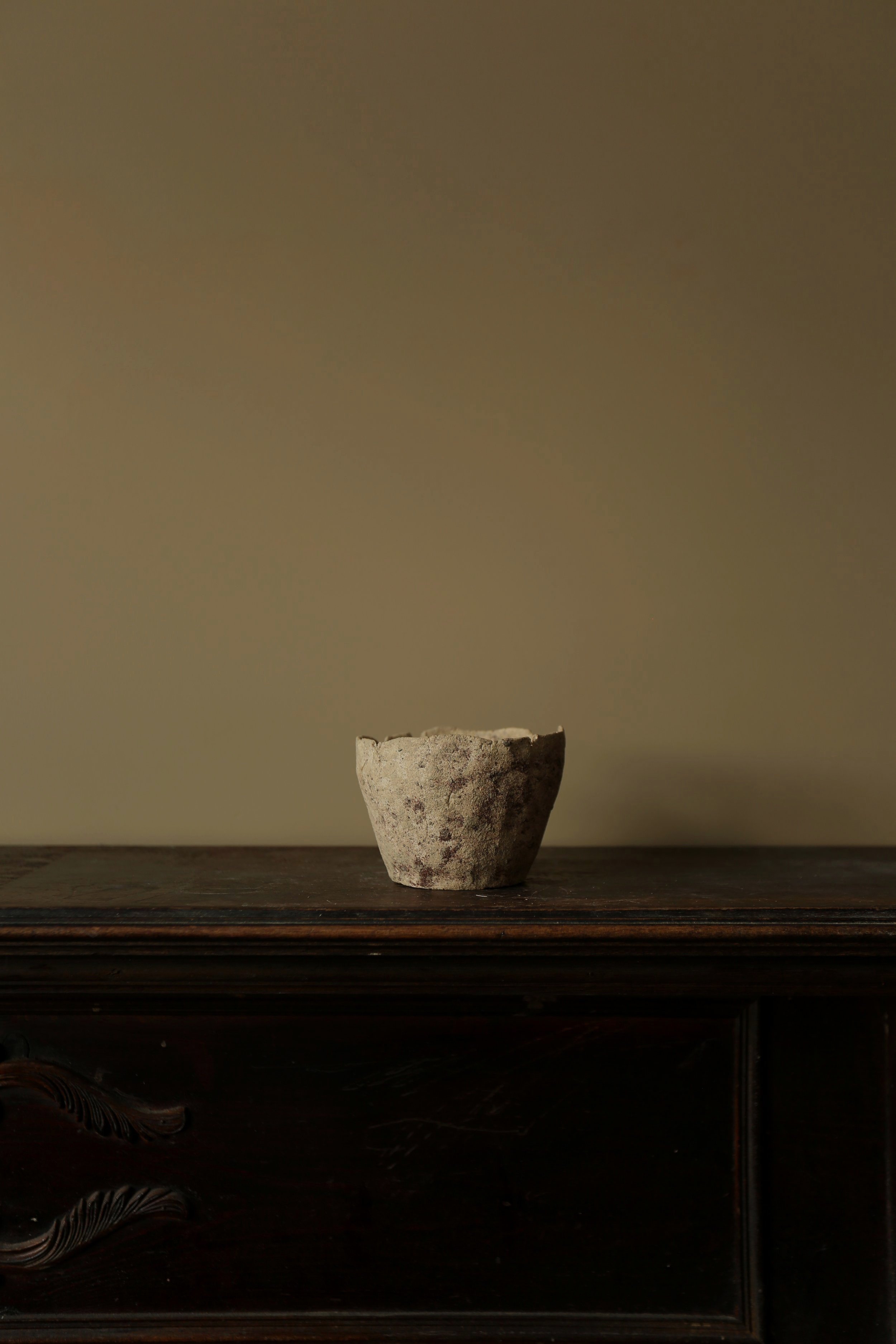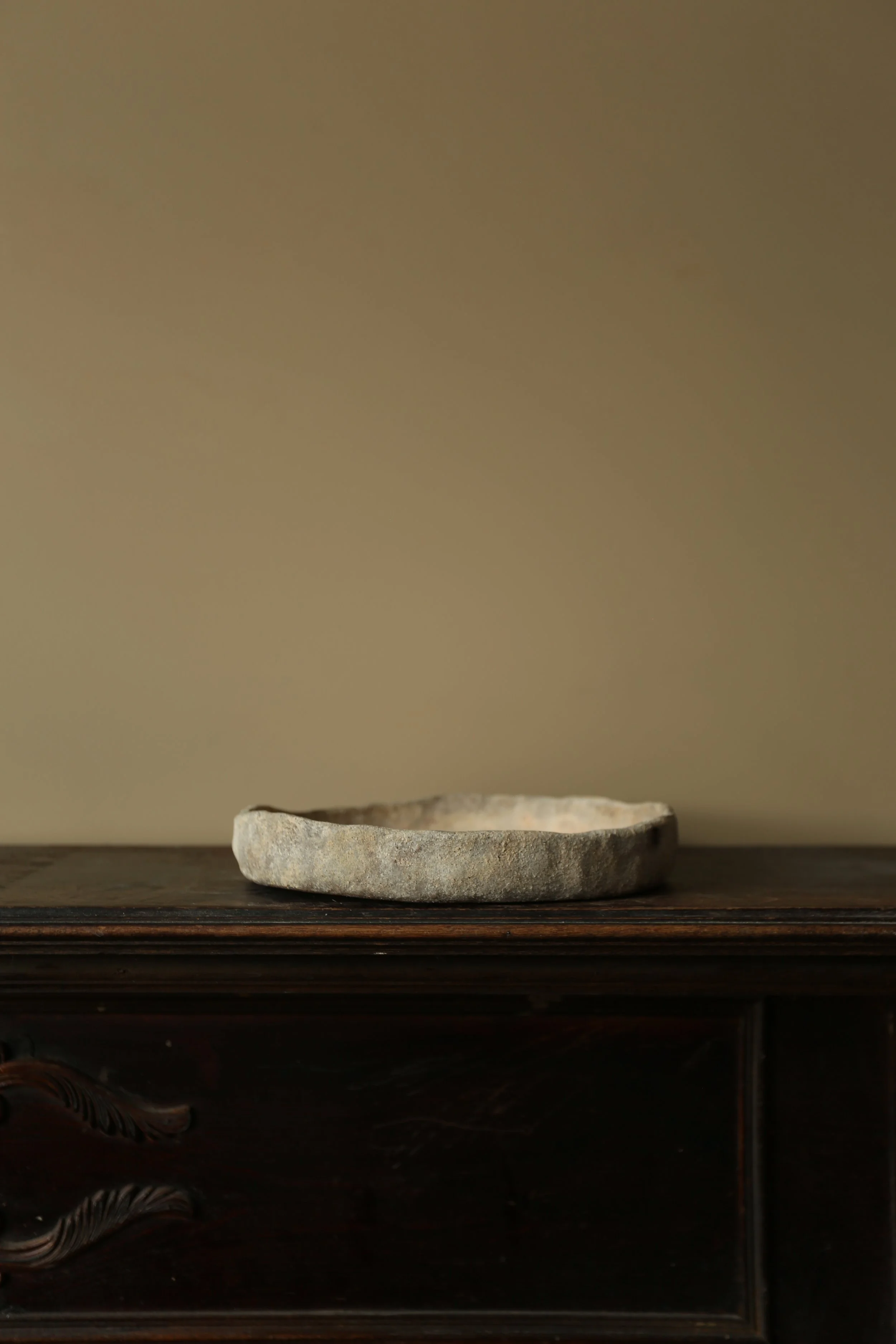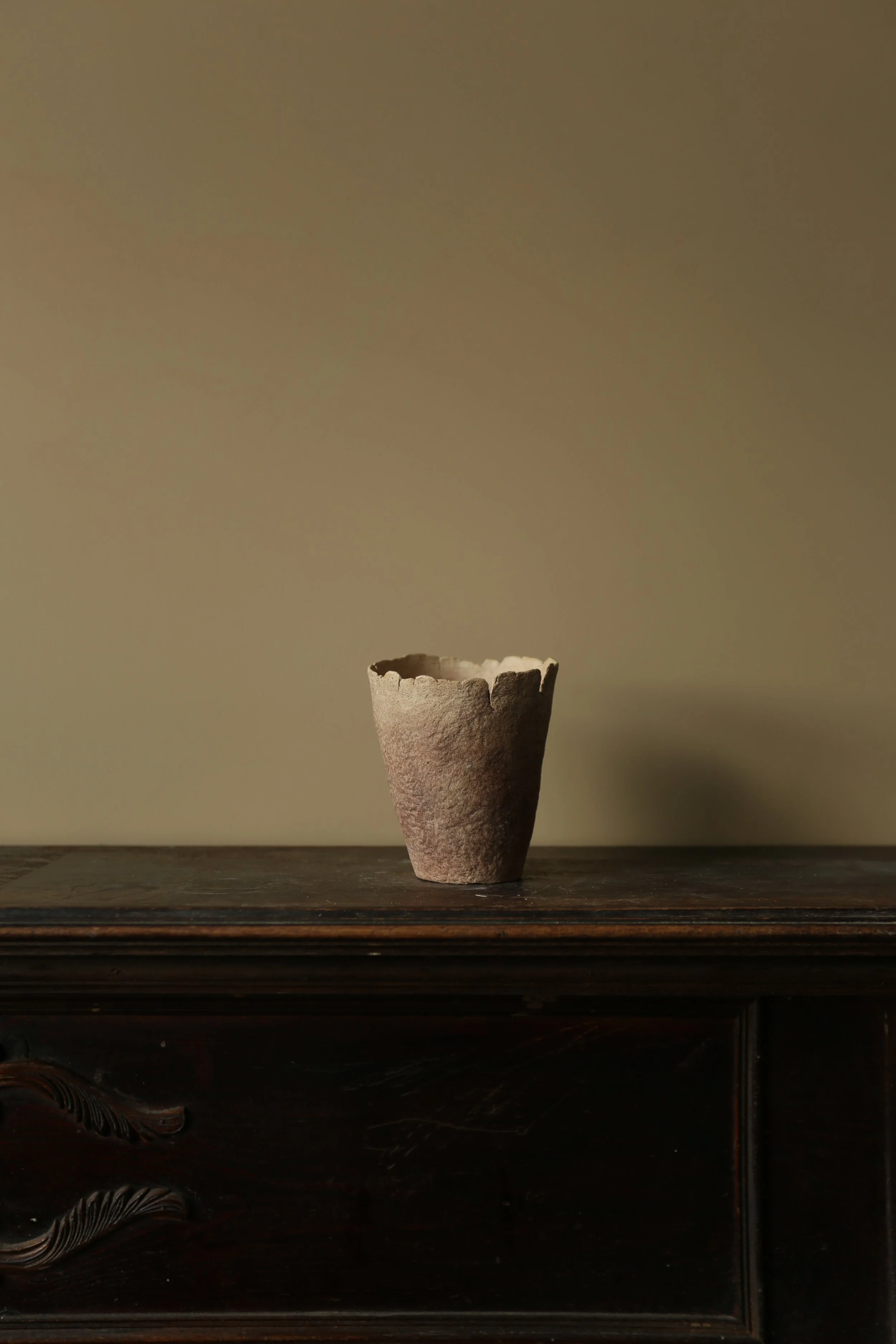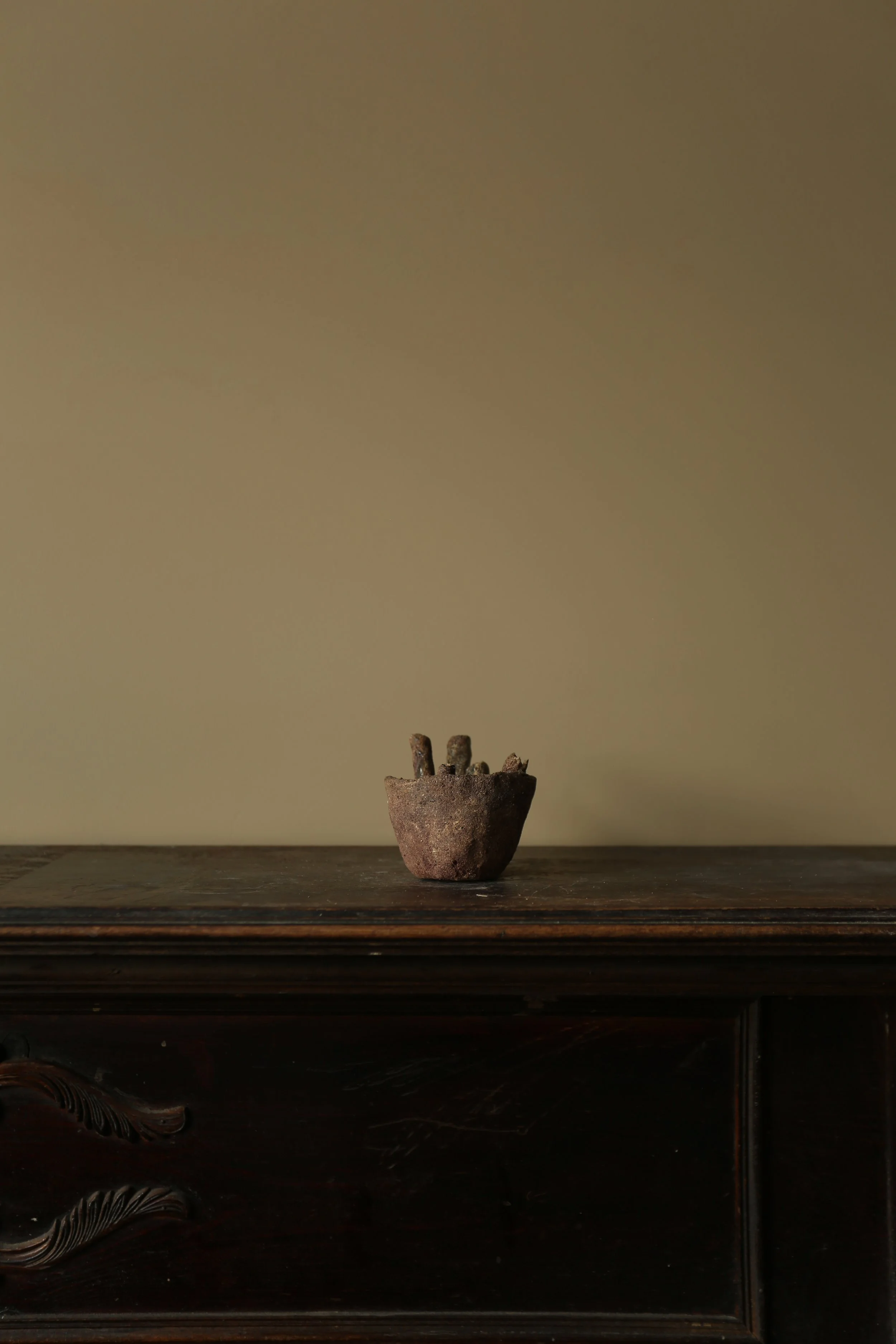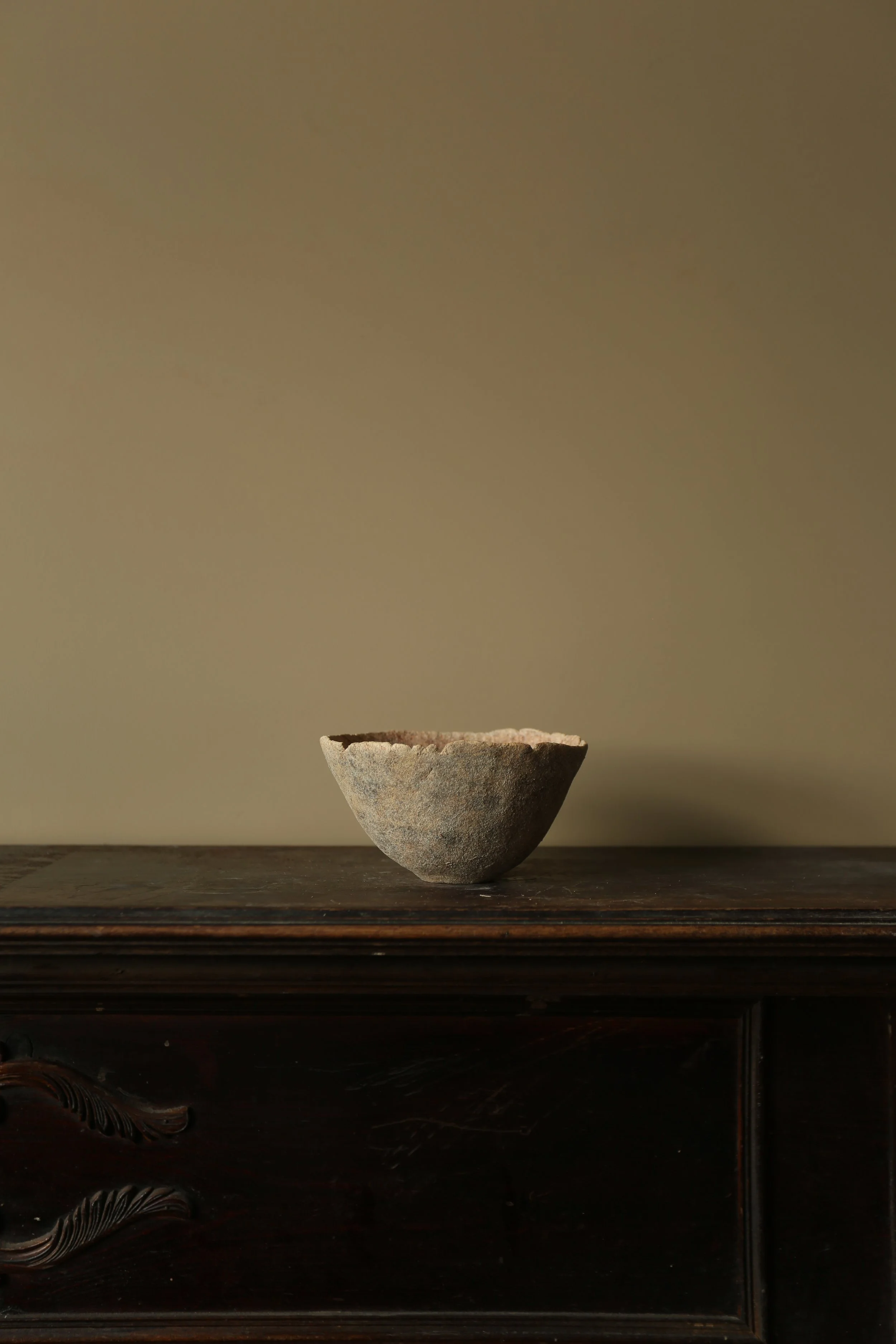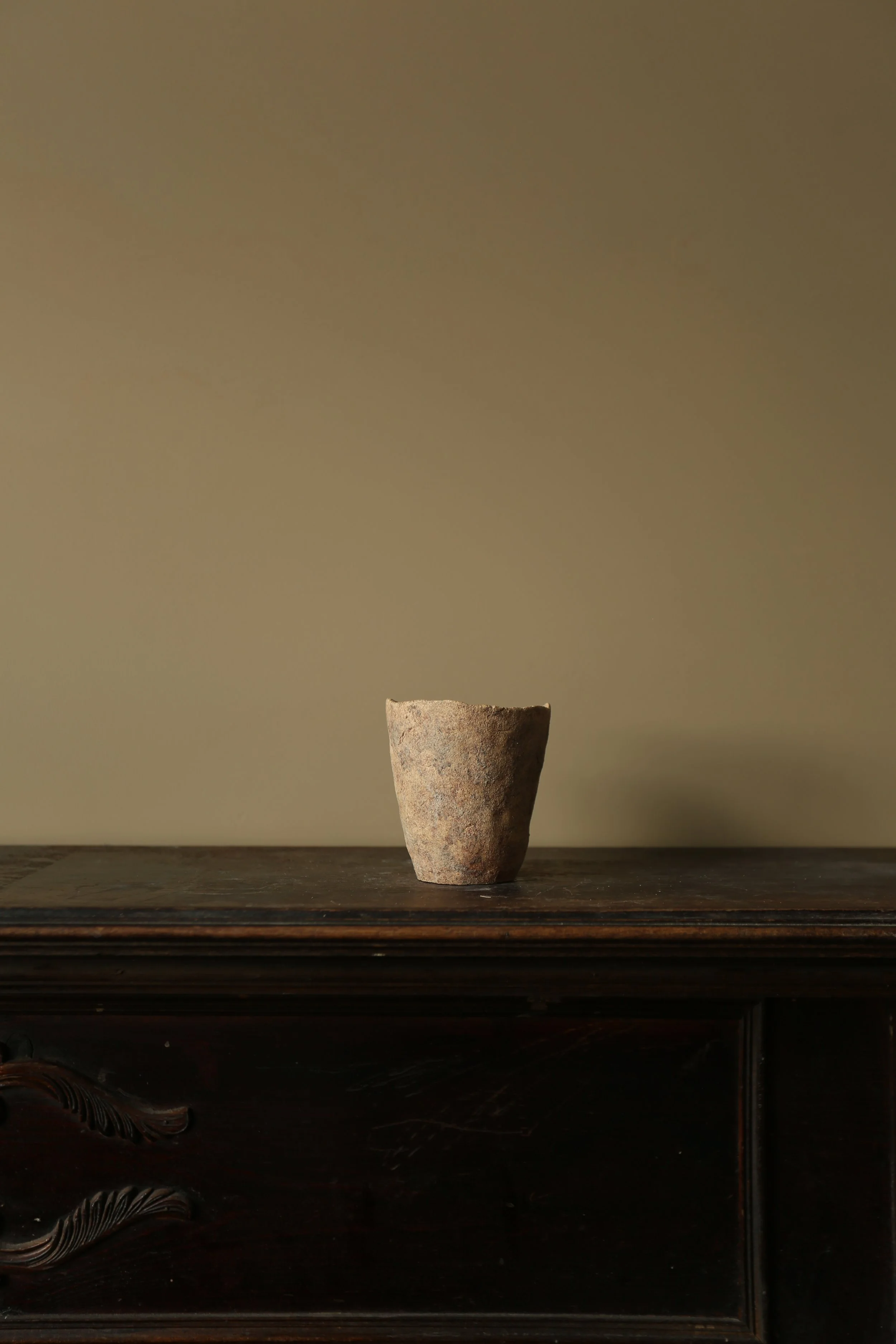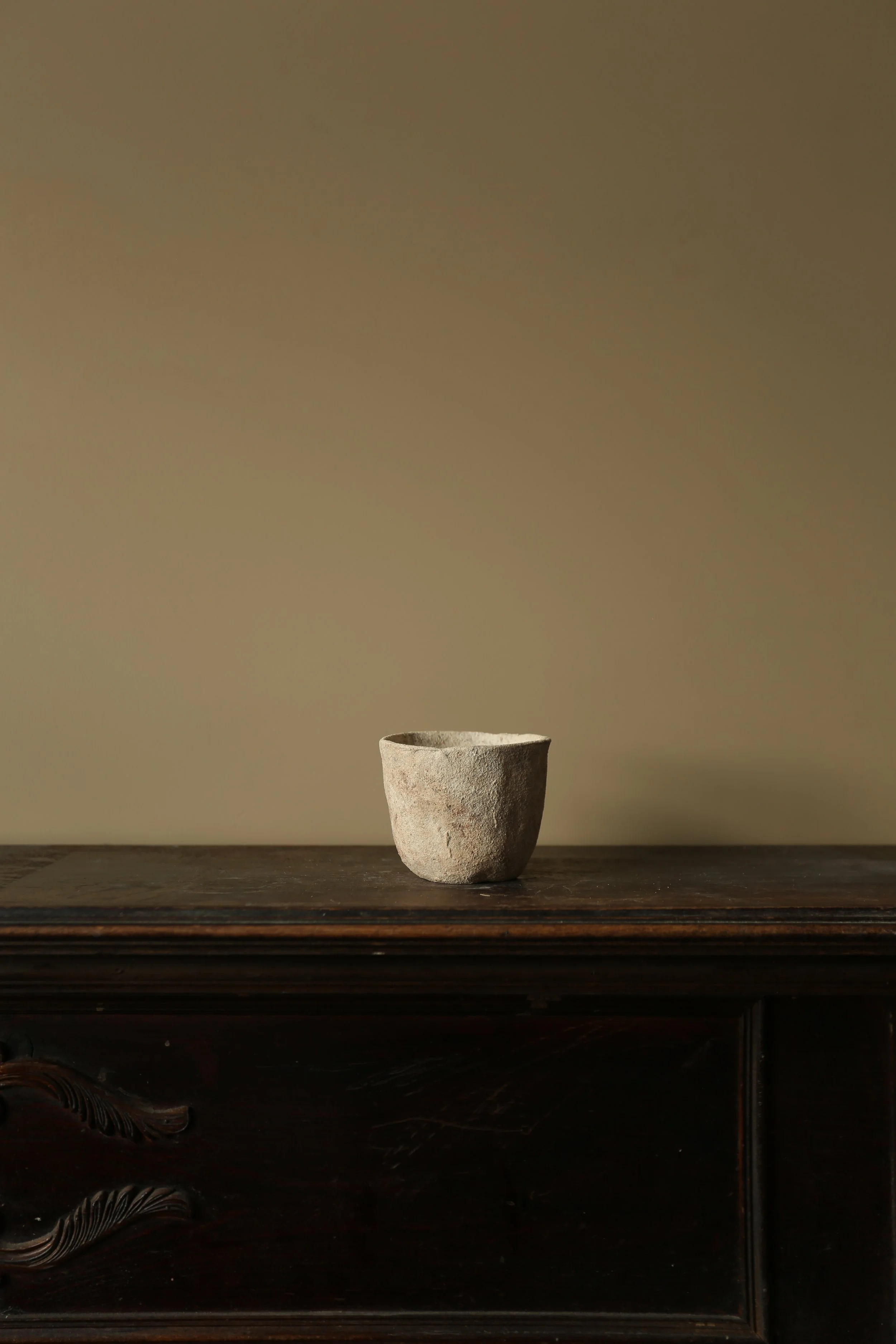‘Colour of Glion Mooar’
Tucked within the sheltered folds of the west coast, Glen Mooar holds more than ancient oaks and whispering waterfalls—it cradles a secret beneath its water and lush foliage: a seam of rich clay, when fired comes out a deep burgundy filled with the character of the land.
With quiet reverence, I stumbled on this beautiful soil. Malleable in character to form a ball & coils from its plasticity. It’s dug in a minuscule dose — respectfully and sustainably, with the knowledge that what nature offers must also be protected.
The clay lies close to the surface in places where the Spooyt Vane’s waterways have softly eroded the banks. It’s rich and amber to the eye, streaked with iron tones that fire to warm, wine-like reds and deep earthen purples. The colour is unlike any processed clay — it speaks of its wildness, its mineral roots, its time held in the hillside.
I dry & soak it. Take out any large stones & roots, then allow to rest — a process further connecting the hand & to the land.
Each object made from Glen Mooar clay is one of a kind, marked with a signature by the ancient geology of this verdant habitat. The pieces hold the spirit of the place—raw, grounded.
-
Located on the west coast of the island, the Glen Mooar valley and extends from the main Peel to Kirk Michael road southwards, to the small coniferous plantation beyond the Spooyt Vane (White Spout) waterfall.
The beautiful Spooyt Vane, which is Manx Gaelic for 'White Spout', lies just outside the glen's boundary but visitors are welcome to view it by courtesy of the owner. It is one of the highest waterfalls on the Island and leaps in three stages from the ledge above down through the trees and walls of rocks to the pool below. Due to its location, the waterfall is found in a secret, tranquil hollow that allows you to enjoy the waterfall in peace and quiet before continuing through the glen.
In the central part of the glen lie the remains of a listed ancient monument dating from 8th to 10th century. The site consists of a keeill (chapel) which was dedicated to St Patrick, hence its Manx name Cabbal Pherick (Patrick's Chapel), together with a surrounding burial ground and the remains of a priest's cell.
There are also two stone pillars which are almost 70ft in height and are all that remain of the impressive iron lattice-work railway viaduct which once spanned the valley. This line, opened in 1879, closed finally in 1968 and these pillars are the only evidence of the once imposing Victorian railway in the glen.
At the foot of the western-most pillar is a set of steps leading to a section of Raad Ny Foillan (The Road of the Gull), a long distance public footpath. This part follows the old railway route to St German's station and beyond to Kirk Michael.
-

